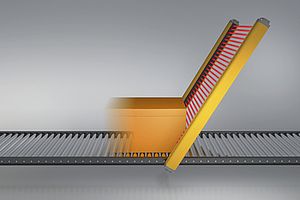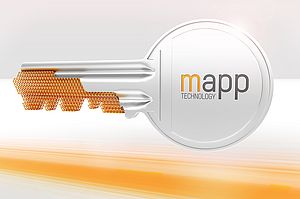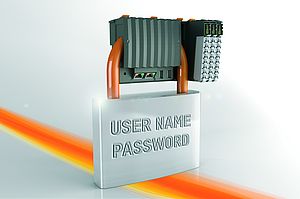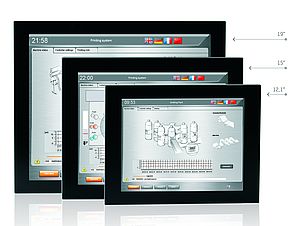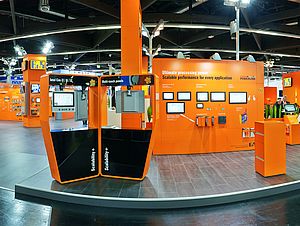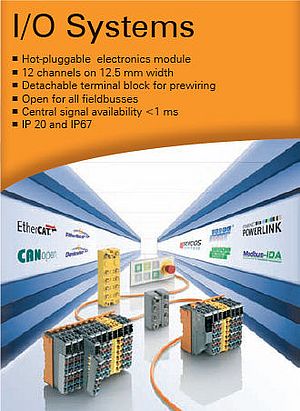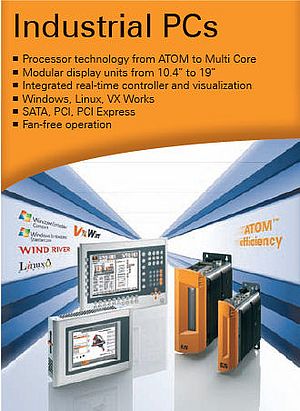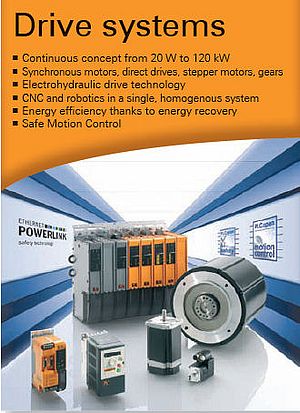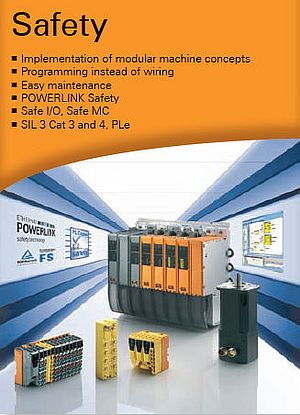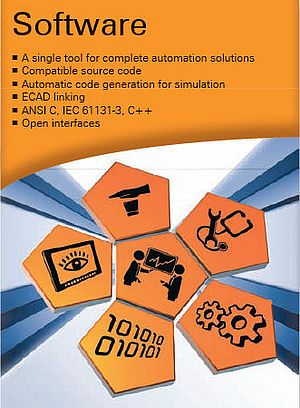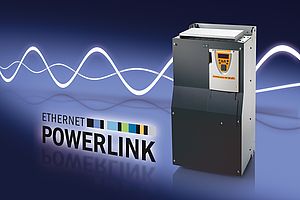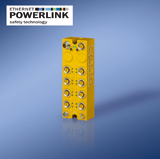If motors and drive components are generally working with a level of efficiency near 100% at the rated load, it makes sense to have a look at the secondary components around the actual drive system. B&R ensures targeted sizing of its drives using the SERVOsoft tool from ControlEng. The loads and the drives are matched exactly to reduce energy consumption to a minimum. For complex machines where movements are executed consecutively, kinetic energy is often released as heat in the braking resistors. By connecting ACOPOSmulti servo drives via the DC bus, up to 30% of brake energy can be saved. This energy is stored in capacitors and made available at a later time for acceleration. Apart from efficient use of energy, a cooler control cabinet reduces heat from the resistors significantly. In cases where there is no simultaneous braking and acceleration within an axis group, a further increase in energy efficiency is possible through active energy regeneration on the power mains. While all of the brake energy is put to use, unavoidable friction remains as the sole source of loss. With ACOPOSmulti drive systems, it is possible to regenerate up to 80% of the energy previously lost as heat in the resistors. As part of the energy-saving measures, the company’s cold-plate control cabinet installation provides the option of using the heat energy in the servo drives, providing savings of up to 23%. A separate cooling device is no longer needed for the control cabinet. The drive system’s active power supply with a total power factor correction of 1.0, saves up to 50% of the infrastructure costs by reducing the size of wires, feed components and fuses.
Edited by: Teoman Tugsuz




